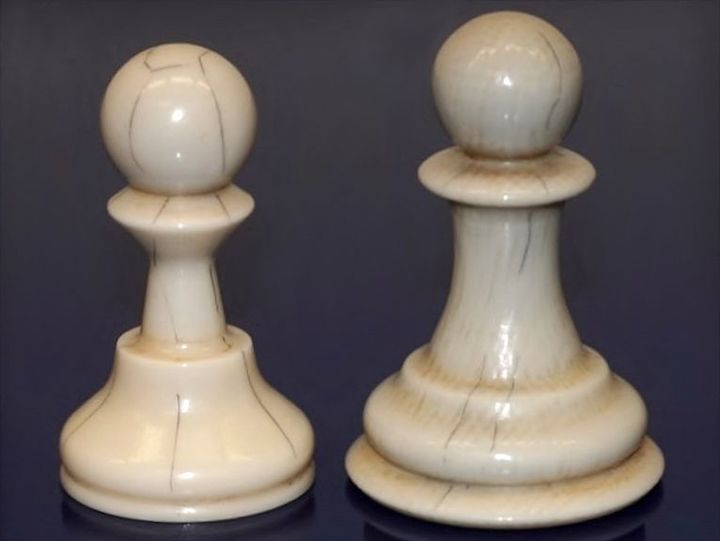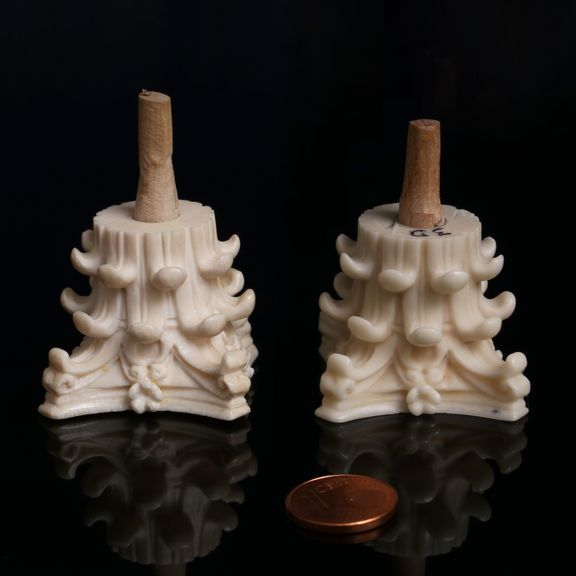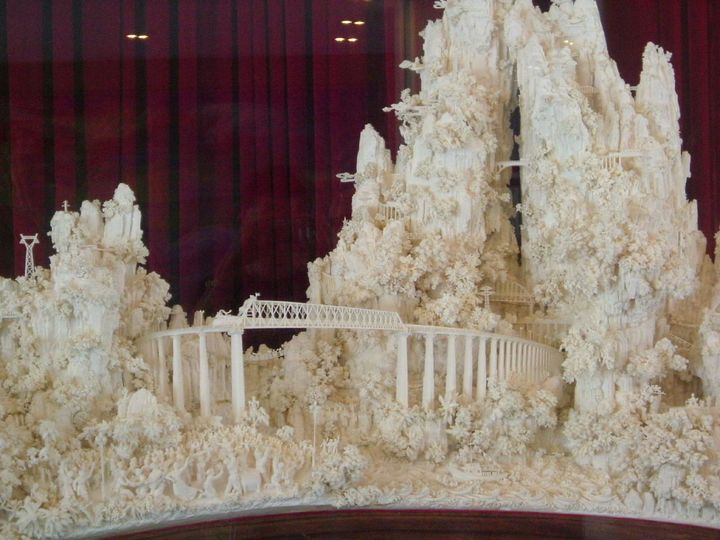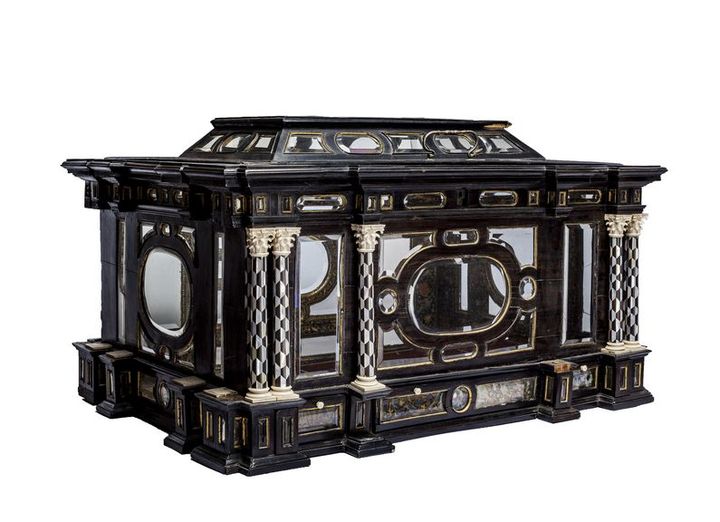
TU Wien has developed a 3D printable material that mimics real ivory.
Ivory has long been a highly desirable material for artwork and delicate structures. It offers a unique appearance, yet is easily carved into intricate shapes.
However, there’s a significant problem with sourcing ivory: it’s normally directly attached to elephants, who don’t appreciate it being taken from them, particularly if they are eliminated in the process.
That was the case for centuries, however, until large-scale ivory bans were implemented in the late 1980s. Since then ivory has been a rare material for obvious reasons. Still, some ivory makes it to market via illegal poaching, likely driven by the high prices held by now-rare ivory.
Could an alternate material be developed to substitute for ivory? Many have tried over the years, but no new material was sufficiently ivory-like to act in its place. There was always one deficiency or another.
Now that could change as researchers at TU Wien have developed a new material they call “Digory”. Made with the cooperation of Austrian resin manufacturer Cubicure, the new material does indeed offer very similar properties to actual ivory.

Above you can see two samples, one is true ivory, and the other is Digory. Can you tell which is which? (Hint, the Digory is on the right).
TU Wien explains the new material:
“TU Wien (Vienna) and the 3D printing company Cubicure GmbH, created as a spin-off of TU Wien, have now developed a high-tech substitute in cooperation with the Archdiocese of Vienna’s Department for the Care of Art and Monuments and Addison Restoration: the novel material ‘Digory’ consists of synthetic resin and calcium phosphate particles. It is processed in a hot, liquid state and hardened in the 3D printer with UV rays, exactly in the desired shape. It can then be polished and colour-matched to create a deceptively authentic-looking ivory substitute.”
The biggest challenge in developing this material was to replicate ivory’s unusual optical properties. It’s actually slightly transparent, which adds to its luster when polished. The TU Wien team was able to do this by gradually adjusting the ratio of calcium phosphate particles and their diameters in the resin mixture.
After the addition of some appropriate dyes, the Digory prints appear to be the same as ivory.
Apparently Digory offers good working characteristics, as it can be manipulated in ways similar to actual ivory. However, that capability is not likely to be used because instead of carving as you would do with real ivory, now you simply 3D print the “ivory” object directly.
That allows the creation of complex ivory-like objects in record time. Imagine the length of time it took for an artisan to hand-carve an ivory tusk into an art piece like this:

Digory would also allow for proper repair of antique objects that happen to include real ivory parts. Today if these parts were damaged there is no real way to properly replace them. However, a Digory part could do so.

While it might take about the same time to design this structure in a 3D CAD tool, Digory material would allow complex objects such as the above to be 3D printed many times, each identical.
As of now, Digory is not yet a commercial product, but it is likely to become one soon, probably under the Cubicle umbrella. If Digory were purchasable, would you use it? What ivory-like prints would you produce?
